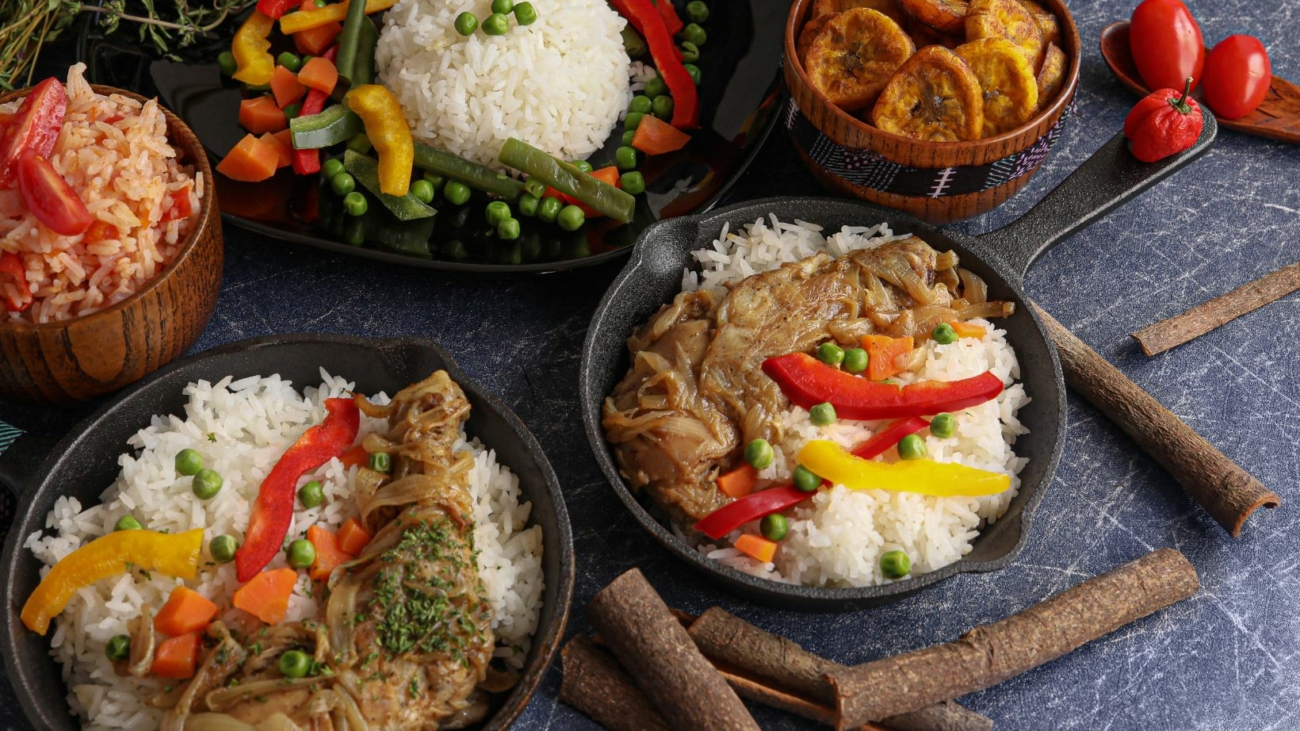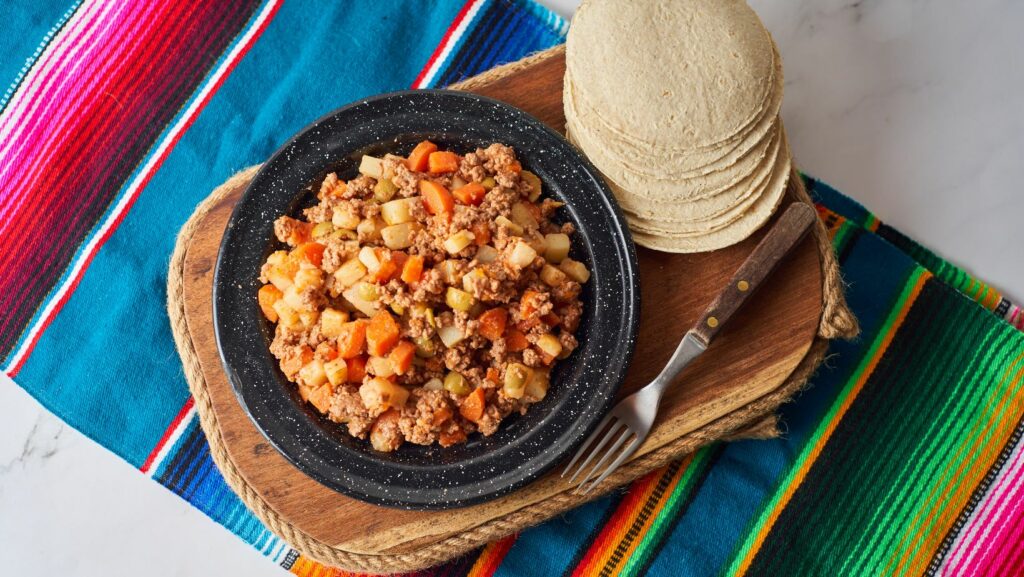Key Takeaways
-
- Ideal Size Range: Mid-size dog breeds typically weigh between 25 to 60 pounds and stand 18 to 24 inches tall, making them versatile companions for various living situations.
-
- Diverse Personalities: These breeds offer a wide range of temperaments—from playful and energetic, like the Australian Shepherd, to calm and affectionate, like the Bulldog, catering to different lifestyle preferences.
-
- Exercise Requirements: Mid-size dogs generally need moderate exercise, with some breeds like the Border Collie requiring more vigorous activity, while others like the Bulldog thrive with less strenuous routines.
-
- Family-friendly Options: Breeds such as Labrador Retrievers and Beagles are excellent choices for active families, providing companionship during outdoor activities and playful interactions.
-
- Apartment Compatibility: Many mid-size breeds, including Bulldogs and Cocker Spaniels, adapt well to apartment living, making them suitable for those with smaller spaces who still want an engaging pet.
-
- Custom Fit for Lifestyles: When choosing a mid-size dog, consider your lifestyle and living conditions to ensure the breed aligns with your activity level and space availability for a harmonious companionship.
Finding the perfect furry companion can be a daunting task, especially with so many breeds to choose from. Mid-size dogs often strike the ideal balance between playful energy and manageable size, making them great additions to families and individuals alike. With personalities that range from affectionate and loyal to spirited and adventurous, these breeds offer something for everyone.
From the intelligent and adaptable Australian Shepherd to the charming Beagle, mid-size dogs come with a variety of traits that cater to different lifestyles. Whether someone is looking for a running partner or a cuddly couch companion, there’s a mid-size breed that fits the bill. Dive into the world of mid-size dogs and discover which breeds stand out as the best choices for those seeking the perfect pet.
Best Mid Size Dog Breeds
Mid-size dog breeds typically weigh between 25 to 60 pounds and stand 18 to 24 inches tall at the shoulder. These breeds strike a balance between large and small dogs, providing enough companionship without overwhelming space needs. Mid-size dogs often adapt well to various living situations, including apartments and homes with yards, making them suitable for different lifestyles.
These breeds exhibit a range of temperaments and energy levels. The Australian Shepherd, known for its intelligence and herding instincts, requires regular exercise and mental stimulation. On the other hand, the Beagle, with its friendly disposition and curiosity, enjoys social interactions and outdoor exploration.
Mid-size dog breeds include notable examples like:
-
- Cocker Spaniel: Affectionate and good with families, they thrive in active environments.
-
- Border Collie: Renowned for high intelligence and agility, beneficial for active individuals.
-
- Bulldog: Calm and friendly, suitable for relaxed households.
Each breed offers distinctive traits, allowing individuals and families to choose companions that align with their preferences and lifestyles. Whether seeking active engagement or a calm presence, mid-size dogs provide diversity in companionship.
Characteristics of Mid Size Dogs
Mid-size dogs exhibit a variety of traits that make them appealing companions. Their adaptability spans not only to physical environments but also to various lifestyle preferences.
Temperament
Mid-size dogs often display a balanced temperament. These dogs may exhibit loyalty, playfulness, and intelligence, making them excellent family pets. Breeds like the Beagle possess friendly and curious natures, while the Australian Shepherd showcases high energy and alertness. Many mid-size breeds adapt well to both active households and those seeking a calmer presence, offering personalities that can fit in seamlessly with diverse lifestyles.
Exercise Needs
Mid-size dogs typically require moderate exercise to stay healthy and content. Daily activities often include walks, playtime, and mental stimulation. Breeds such as the Border Collie may thrive on rigorous exercise and interactive games, while others like the Bulldog may need less strenuous activities. Regular physical activity not only supports their health but also enhances their well-being, preventing boredom and undesirable behaviors.
Top 5 Best Mid Size Dog Breeds
Mid-size dog breeds offer a perfect blend of personality and energy, making them ideal companions for various lifestyles. Here are five notable mid-size breeds to consider.
Breed 1: Labrador Retriever
Labrador Retrievers typically weigh between 55 to 80 pounds and stand 21.5 to 24.5 inches tall. Known for their friendly demeanor and intelligence, they excel in obedience and are eager to please. Labradors require daily exercise, enjoying activities like fetch and swimming. Their loving nature makes them excellent family pets.
Breed 2: Australian Shepherd
Australian Shepherds usually weigh 40 to 65 pounds and reach heights of 18 to 23 inches. These dogs are highly trainable, showcasing keen intelligence and a strong work ethic. They thrive in active households and require substantial physical activity, including runs or agility training. Their loyal disposition and protective instincts suit families looking for an energetic companion.
Breed 3: Bulldog
Bulldogs generally weigh 40 to 50 pounds and stand about 14 to 15 inches tall. Their calm demeanor and affectionate nature make them suitable for families and individuals alike. Bulldogs enjoy moderate exercise, such as short walks, and adapt well to apartment living. Their unique appearance and gentle temperament add charm to any home.
Breed 4: Beagle
Beagles usually weigh between 20 to 30 pounds and stand 13 to 15 inches tall. Recognized for their curiosity and friendliness, they make excellent companions for active individuals and families. Beagles require regular exercise to manage their energy levels and enjoy outdoor activities like hiking. Their playful personality enhances their appeal as family pets.
Breed 5: Cocker Spaniel
Cocker Spaniels typically weigh 20 to 30 pounds and stand 14 to 15 inches tall. Known for their affectionate nature and adaptability, they thrive in various living situations. Cocker Spaniels require regular grooming due to their long fur and enjoy moderate exercise, such as daily walks. Their joyful disposition makes them wonderful additions to family life.
Choosing the Right Mid Size Dog for Your Lifestyle
Selecting the right mid-size dog aligns with lifestyle preferences and living conditions. Mid-size dogs offer versatility suitable for various circumstances, including active families or apartment dwellers.
Active Families
Active families benefit from mid-size dogs that thrive on engagement and exercise. Breeds like the Australian Shepherd and Border Collie require regular physical activity due to their energetic nature. These breeds excel in environments that promote outdoor play and mental stimulation. Additionally, Labrador Retrievers offer a friendly demeanor that complements family activities, making them excellent companions for children. Families that engage in hiking, running, or sports find great joy in these breeds, as they provide loyalty and companionship during active outings.
Apartments and Smaller Spaces
Mid-size dogs adapt well to apartments and smaller living spaces. Breeds such as the Bulldog and Cocker Spaniel exhibit calmer temperaments, requiring less exercise, making them ideal for limited environments. Despite their size, these breeds remain affectionate and social, enjoying indoor play and moderate outdoor walks. Owners in apartments must ensure that their dogs receive sufficient exercise, particularly during active play sessions at local parks. Choosing the right mid-size breed for smaller spaces ensures a harmonious living environment, balancing energy levels with adaptability.
Choosing The Right Mid-Size Dog Breed
Choosing the right mid-size dog breed can significantly enhance one’s lifestyle and companionship. With their diverse personalities and adaptability, these breeds cater to a wide range of preferences and living situations. From the playful Beagle to the calm Bulldog, each breed offers unique traits that can fit seamlessly into family dynamics or individual lifestyles.
Understanding the specific needs and characteristics of these mid-size dogs is crucial for fostering a harmonious relationship. Whether seeking an active partner for outdoor adventures or a gentle companion for cozy evenings, mid-size breeds present excellent options. Embracing the joys of dog ownership with the right mid-size breed can lead to a fulfilling and enriching experience.

